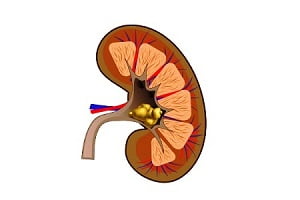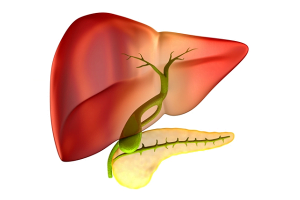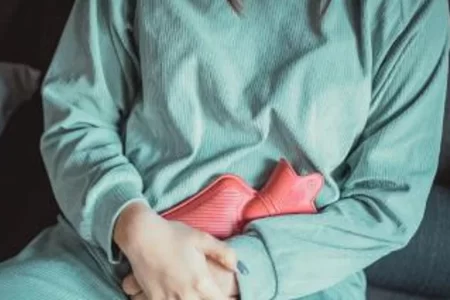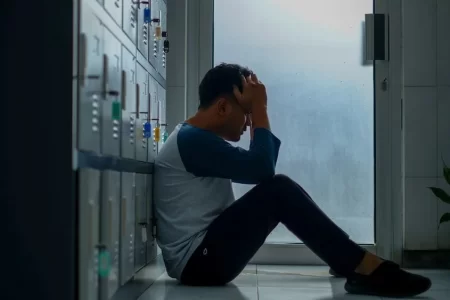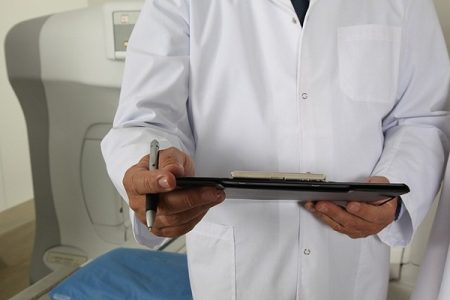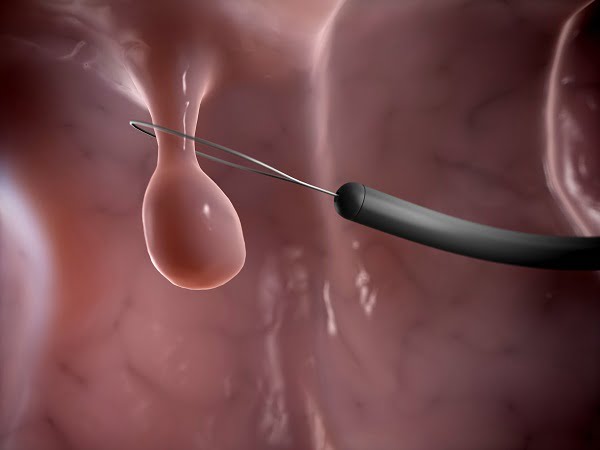
How to get rid of Hemorrhoids?
Hemorrhoids, most commonly known as piles, are a disease of the digestive tract. Hemorrhoids are common worldwide and result in swelling and inflammation of veins present in anus and rectum.
The common signs include pain, extreme discomfort and itching followed by rectal bleeding. Hemorrhoids can develop inside as well as outside the rectal area.
About 75% of total world’s population is suffering from it. Generally, hemorrhoids go away within a week or so but they cause extreme pain and discomfort.
How are hemorrhoids treated?
Hemorrhoids can generally be treated without surgery and with the procedures performed by doctors in healthcare clinics. In addition to surgery and over-the-counter drugs, there are some home remedies to treat piles. A patient can start with changing lifestyle and eating habits along with over-the-counter drugs.
Following are the treatment options available to a person suffering from hemorrhoids:
Treatment at home
Hemorrhoids that are mild and do not cause any discomfort can be treated at home. The main symptoms of hemorrhoids – itching and pain, can be reduced with home remedies.
Following are certain things commonly found in our homes that can be used to treat hemorrhoids.
- aloe vera
- witch hazel
- warm bath with epsom salt
- ice packs
- psyllium husk
- tea tree oil
- wipes
Aloe Vera
Aloe vera gel is commonly available at any drugstore. It can also be directly harvested from aloe vera plant. Aloe vera is known to have anti-inflammatory properties and can treat skin conditions.
Doctors suggest using aloe vera gel outside the rectum and in pure form. However, before using it, skin allergic test should be done. No reaction means it is safe to use. It can reduce the pain and itching due to external hemorrhoids.
Witch hazel
Witch hazel reduces both pain and itching caused due to hemorrhoids. Like aloe vera, witch hazel is also a natural anti-inflammatory agent that reduces swelling. It is commercially available in liquid form and used directly on hemorrhoids. It is also found in anti-itch wipes and soaps.
Warm bath with Epsom salt
Hemorrhoids also cause irritation and discomfort that can be soothed with the help of warm bath. Sitz bath or a small tube that fits over the toilet seat can be used.
You can also take a full body bath. According to a research, taking a warm bath for 20 minutes after bowel is effective. Epsom salt can be added to the bath to provide relief from pain.
Ice-packs
Ice packs or cold compress can be applied to the anal area to relieve swelling. This is a very effective treatment for large and painful hemorrhoids. If cold compresses are not available, a person can wrap ice in a paper towel and use it on the hemorrhoid.
Psyllium Husk
Psyllium husk is used to increase fiber-diet. This softens the stool and makes it easier to pass. It is advised not to use too much of fiber as it may cause gas and stomach cramping. It is not used to treat hemorrhoids but to regularize the bowel.
Tea tree oil
Tea tree oil has antiseptic and anti-inflammatory properties that help reduce swelling and itching caused due to hemorrhoids. It can be used on external hemorrhoids to relieve the symptoms.
Wipes
Toilet paper is dry and can aggravate hemorrhoids. Wipes help to clean the surface better and without irritating it. Aloe vera gel-based or hemorrhoid-cream-based wipes are commercially available in the market. These wipes should not contain any alcohol or perfume or other irritants in them.
High-fiber diet
A person who takes less fibrous food is at risk of developing constipation that sometimes leads to swollen hemorrhoids. Foods rich in fiber are one of the best treatments for hemorrhoids.
Cutting down processed food is also a help in piles treatment. The patient should eat vegetables, fruits and whole grains along with nuts to avoid hardening of the bowel.
Doctors recommend at least seven to eight glasses of water a day depending upon the type of climate you live in. If the patient cannot get enough fiber from food, he/she can also try fiber supplements and stool softeners.
Laxatives are avoided in these cases as it can cause diarrhea which irritates hemorrhoids. Even if the surgery and medications are recommended, the person needs to change lifestyle to avoid recurring of the problem in future.
Over-the-counter drugs
Drugs to relieve pain and symptoms of hemorrhoids are commercially available. Over-the-counter drugs are creams like Preparation H that can be used for the treatment. They reduce the swelling and help it heal faster.
Medical Procedures
In addition to changing lifestyle and food habits, doctors also advice for medical procedures. This happens when symptoms of hemorrhoids are quite severe and not likely to get better even with a lifestyle change. These medical procedures help to shrink and remove the hemorrhoids. These medical procedures are performed in a medical clinic or hospital.
Following are the medical procedures to remove hemorrhoids:
Injection
Your doctor will inject internal hemorrhoid with a solution to create a scar. The doctor then closes off hemorrhoid. This procedure can hurt a little bit.
Rubber band ligation
Doctors perform this procedure for removal of prolapsed hemorrhoids and internal hemorrhoids (which can be felt or seen).
With the aid of a special tool, the doctor puts a small rubber band around the hemorrhoid. This interrupts the blood supply to hemorrhoid immediately. In a week or two, hemorrhoid dries up completely. It then shrinks and falls off.
Cauterization
Cauterization is a procedure to burn hemorrhoid with the help of electric probe, a laser beam or infrared light.
Your doctor burns hemorrhoids to remove a small tissue and then seals them. Hemorrhoids then close off and shrink. The procedure is painless and works best for prolapsed hemorrhoids. This procedure is also called as sclerotherapy.
Surgery
Surgery is an option when the person is suffering from large internal hemorrhoids. It can also be done to treat extremely painful and uncomfortable external hemorrhoids.
The doctor may suggest for traditional hemorrhoidectomy to remove hemorrhoids. A new technique that makes use of staples is also suggested sometimes.
Hemorrhoidectomy
Hemorrhoidectomy is a traditional procedure to remove hemorrhoids. It is done in the operating room by trained medical professionals. Local, general or spinal anesthesia is given to the person and the whole hemorrhoid is removed.
Complications like infection, bleeding and stenosis are possible in this procedure. Though the approach is aggressive, it reduces the chances of hemorrhoid recurring.
Stapled Hemorrhoidectomy
This is a new surgical technique to treat hemorrhoids. It is rapidly getting popular for piles treatment due to its non-aggressive nature. Hemorrhoids are not removed with this surgery but it tightens the hemorrhoid-supporting tissue to prevent prolapsing. It gives less pain and patient takes less time to recover.
Medical treatments and surgeries are effective, but unless the person changes lifestyle and eating habits, chances of hemorrhoids to recur are high.
Home treatments and a high-fiber diet are effective in cases of mild hemorrhoids which retract on its own. Hemorrhoid with severe symptoms needs to be treated with medical procedures and surgeries.
